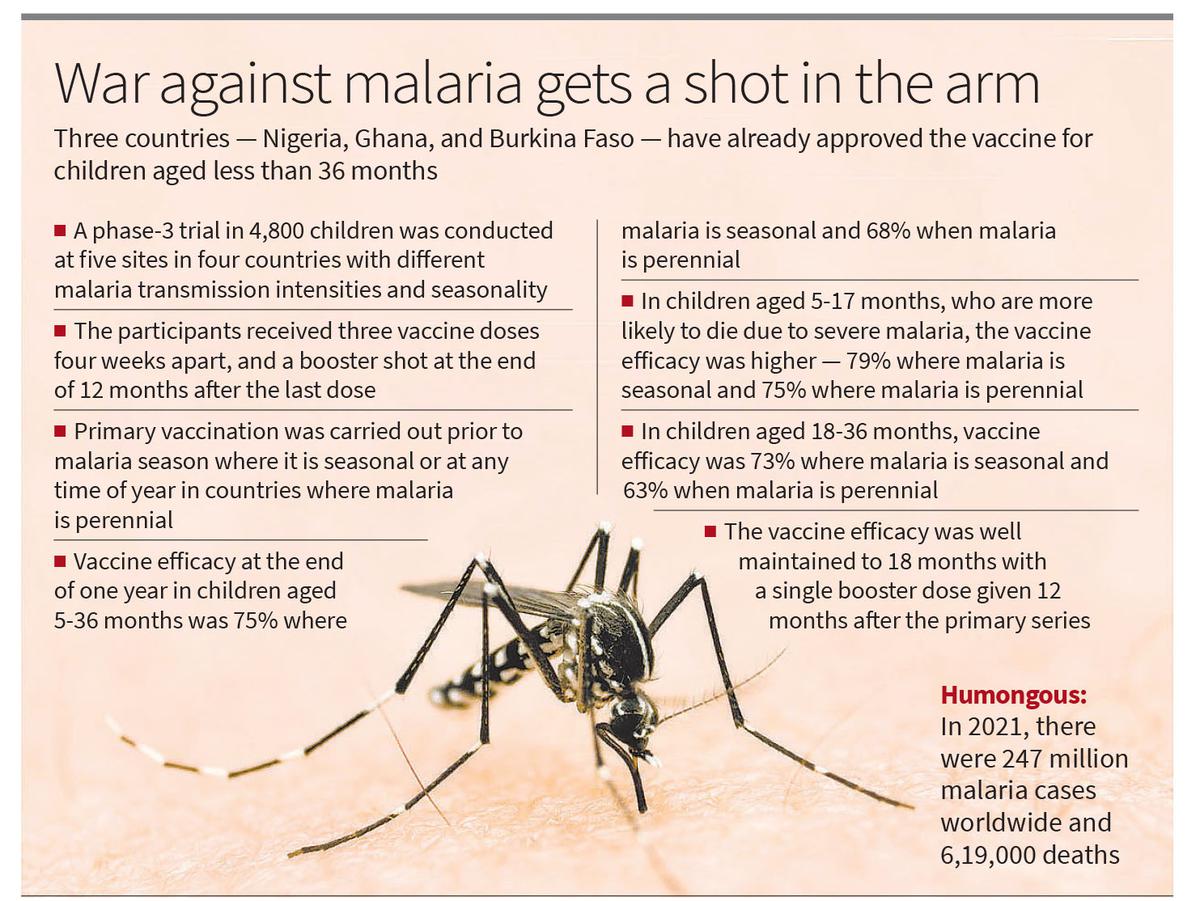Influenza virus is very stable in unpasteurised milk
Even as the Atlanta-based CDC has cautioned people to avoid drinking raw milk, especially in the States where H5N1 has been reported in cattle herds, there has been increased demand for raw milk. From the day H5N1 (bird flu) was confirmed in cattle in mid-March this year to mid-May, the sales of raw milk has increased 21-65% compared with the same period last year. However, no human case of H5N1 infection in people who consume raw milk has been reported so far in the U.S. despite the increase in raw milk consumption.
“The asymptomatic avian influenza surveillance programme in the U.K. has found that human infection can be very asymptomatic,” says Dr. Vinod Scaria, a senior consultant at Vishwanath Cancer Care Foundation told The Hindu. Two people in the U.K. who had worked on an infected poultry farm in England and tested positive for H5N1 did not show any symptoms and were detected only because of the asymptomatic surveillance programme. “Testing of people, including those who consume raw milk that may be infected with H5N1 has been very low in the U.S.,” says Dr. Scaria. According to the CDC, there has been “no sign of unusual influenza activity in people, including in syndromic surveillance”.
On May 30, the CDC reported a third case of H5N1 infection in a farm worker in Michigan who had direct exposure to infected cows. Eight days earlier, CDC reported the second case of H5N1 infection in a farm worker in the U.S., and the first in the State of Michigan. The first human case in the U.S. was also in a farm worker in Texas. Similar to the first two cases, the latest case of H5N1 infection had eye discomfort with watery discharge. But unlike the earlier two cases, the case reported on May 30 had “more typical symptoms of acute respiratory illness associated with influenza virus infection, including A(H5N1) viruses”. In the second case reported on May 22, two specimens were collected — upper respiratory tract and eye specimens. While the nasal specimen tested negative at both the State health department and the CDC, the eye specimen sent to the CDC for testing was positive for H5N1. The route of transmission has not been ascertained, though it is likely to be airborne.
Meanwhile, researchers from the University of Wisconsin-Madison and Texas A&M Veterinary Medical Diagnostic Laboratory carried out a study to assess the risk that H5N1-containing milk poses to animals and humans and fed droplets of raw milk from infected dairy cattle to five mice. The mice showed signs of illness one day after they were fed raw milk containing the virus. The researchers found high virus titers in the respiratory organs of the mice and moderate virus titers in several other organs. Since the mice were only fed raw milk, the infection in the nasal passages, trachea and lungs, suggests that infection may have occurred through the pharynx, the researchers note in a Letter published in The New England Journal of Medicine. The H5N1 virus was also found in the mammary glands of two mice even though these mice were not lactating.
In another study posted as a preprint(which is yet to be peer-reviewed), researchers found H5N1 virus in unpasteurised milk remains infectious on milking equipment for over one hour. The researchers then used H1N1 as a surrogate for the H5N1 virus found in cattle to study the viral persistence in raw milk. They found the H1N1 virus in unpasteurised milk persisted for at least three hours on rubber and at least one hour on stainless steel. “These results indicate that influenza virus is very stable in unpasteurized milk and that deposited H5N1 on milking equipment could remain infectious for long periods of time,” they write.








